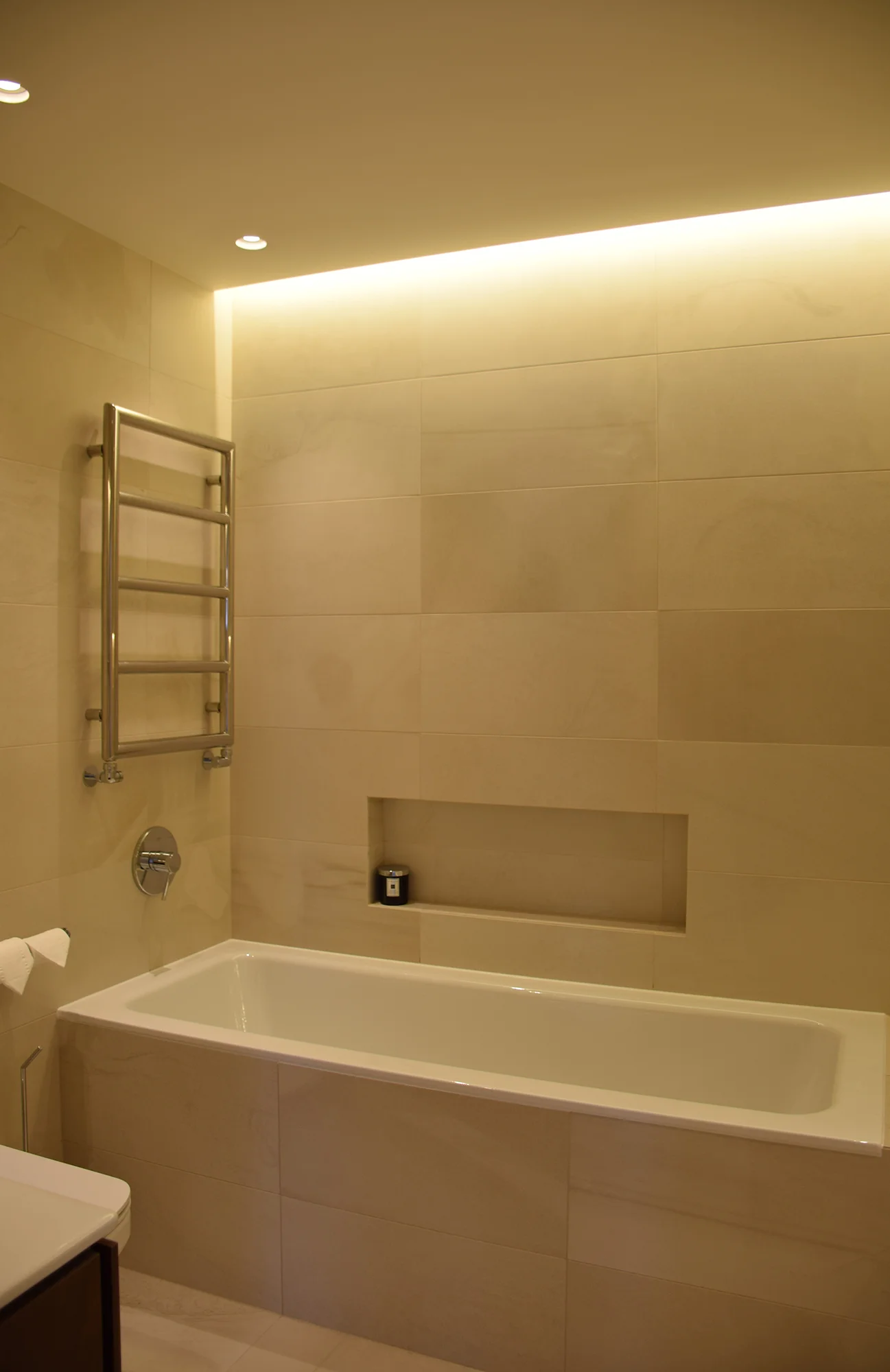How to decide between retrofit and dedicated lamps
In this new age of LED lighting there are an endless range of options available, but one issue which rises up again and again is whether to choose a dedicated or retrofit LED solution? This, often contentious, issue can have huge effects not just on the construction but also the ongoing maintenance, which is an often forgotten factor.
Why is this an issue?
Previously there were light fittings and lamps (bulbs, but that word isn’t used in the lighting industry). Manufacturers would make them separately, since otherwise the life of the fitting would be too short. Whether it was for fluorescents with a 10,000 hour life or a halogen with a 2000 hour life, the cost was in the light fitting, and not in the lamp. LEDs have turned the lighting industry upside down, and this is one of the key areas. LEDs have a life from 20,000 to 50,000 hours, meaning that it is financially viable to replace a whole fitting when the lamp (in this case the LED) fails. In addition to this, the LED forms a much larger part of the light package cost, so changing the fitting is not as high a percentage of the whole cost. This has led to some manufacturers combining the two as selling light fittings with lamps integrated into them. The lines have been blurred and this has led to huge differences on style of fitting been available.
What is the difference between retrofit and dedicated?
The key differences between the two are how much of the light fitting needs to be changed when the LED fails, and if this requires a professional to carry out the work. Retrofit LEDs would be similar to incandescent and halogen lamps, with standardised lamp holder bases. This would enable the to be used with older light fittings, and to be swapped out by anyone. In contrast to this, dedicated LED fittings have everything integrated into the fitting. They may be all in one, or have some other form of mechanical fixing making it unique to that fitting. The whole fitting would need to be changed if the LED failed.
Why use dedicated?
If the dedicated LED fittings need to have the entire fitting changed when one part fails, why would you use them? The advantage of dedicated fittings is that there are far more options available. Fitting the LED into a conventional lamp form will restrict how the light fitting is designed. Being free of this restriction has allowed huge innovation. Fittings have been made smaller, more elegant, and can be more efficient. They also allow new forms and ways of lighting to be explored. Good examples of this can be the iGuzzini Laser Blade and Trick, which would not have been possible with conventional lamp forms.
Why use retrofit?
Retrofit provide an easy alternative for specification and allow access to lots of older light fittings. If a good LED light source can be found, like the Soraa LED lamps, then these could be inserted into a variety of fittings, ensuring consistency throughout a project. It also enables light consistency between wall and table lamps, as opposed to potentially having different shades of colour white from different LED light sources.
Maintenance
Maintenance is often a key factor in the decision. It is possible to find good quality lighting in both areas, but a project may not have the expertise or access to good knowledge of the project after it is finished. While a large commercial project will often have a maintenance team and a manual with all the lighting specifications inside, a small residential project might be relying on a handyman or electrician without the ability to go and source light fittings. This is compounded by the fact that LEDs have a longer life, so there is more change that the light fitting is phased out by the time it comes to replace them. Without this knowledge it is not possible to replace a dedicated fitting like for like, and so it will have a (often inferior) replacement put in, ruining the lighting scheme and potentially causing more technical headaches. Retrofit will allow the end user to change the lamps themselves, reducing maintenance cost, and if a like for like cannot be found, they can all be changed to match, without having to pay high reinstallation charges.
The Future
Currently the lighting industry is in a huge state of flux. LED is evolving, and changing everything in how we use light. There is potential new regulation from the EU which will require the ability to maintain LEDs separate from the fittings, but this is not confirmed. Currently we evaluate each project based on the type of client and the lifetime of the space, and I do not see this changing in the near future. As always, it is important to consider how the lighting will be used after the installation is finished, and so the maintenance capabilities of the site and client play a large part in our decision making. What I can say is there has never been so much choice available, so whichever route is chosen, there is most likely a suitable lighting product.
To hear about more information as we release it, please sign up to our newsletter.




